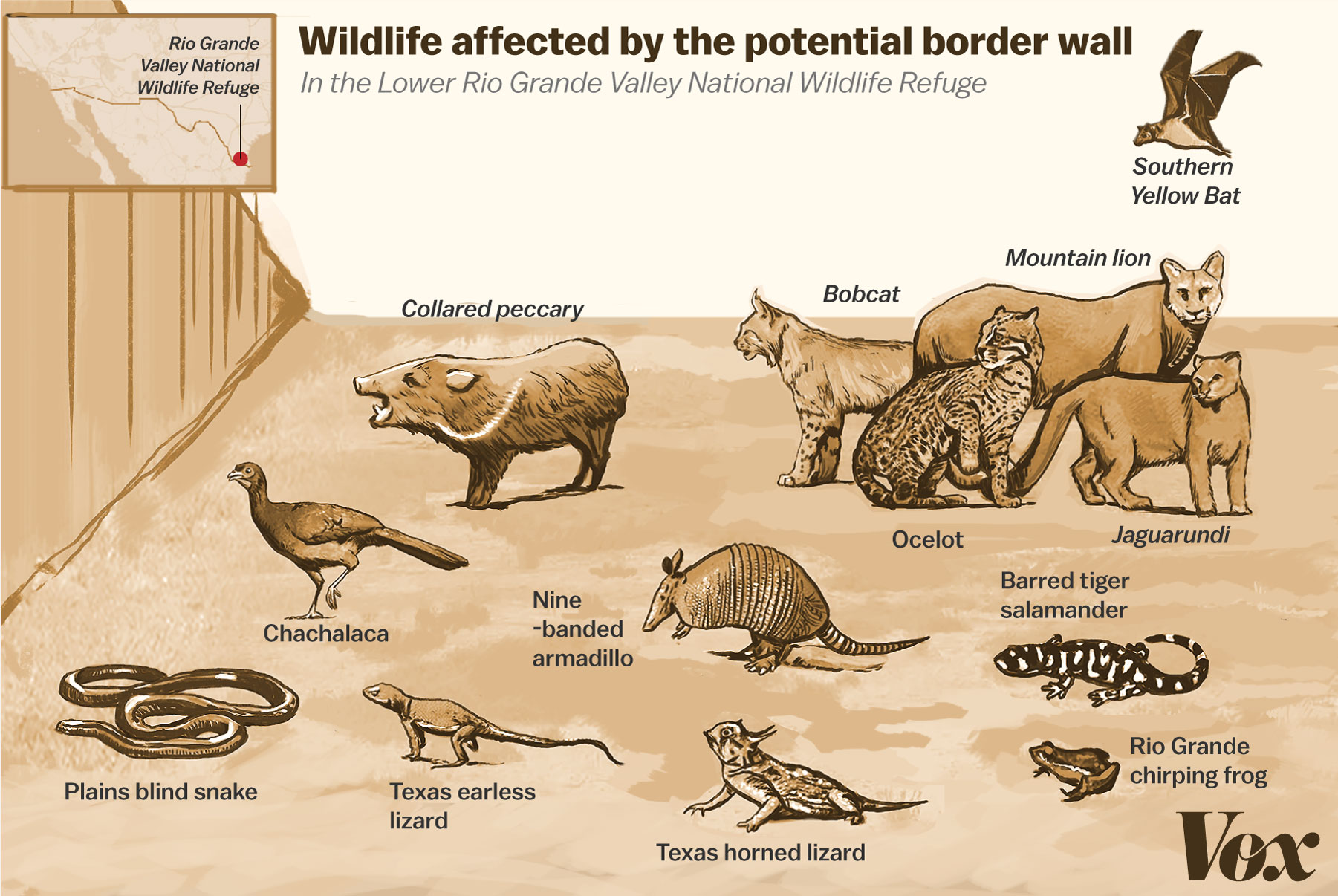
Donald Trump ran his campaign with the promise of significantly stopping illegal immigration by building a concrete border wall.
The 2016 presidential election, as highlighted by republican candidate Donald Trump, saw the rise in the desire for a U.S.-Mexico border wall among American voters. The reason for building a wall is to prevent immigrants from illegally entering the United States. One of the largest misconceptions is the negative association between immigrants and crime rates (Jones, 2012). However, almost all crimes committed in the U.S. were by citizens, not illegal immigrants (Carson & Anderson, 2016). The main crimes committed in the United States by illegal immigrants include drug trafficking, rape, assault, reckless driving, and driving under the influence (Federation for American Immigration Reform, 2017). However, Carson and Anderson (2016) state that only about 5% of inmates in the state and federal prisons consist of noncitizens. This means American citizens account for 95% of the crimes committed in the United States. Of the total, only 1.67% are noncitizen federal inmates in prison for immigration offenses (Carson & Anderson, 2016 p. 33). In former president Barack Obama’s keynote speech, he discussed current crimes rates and illegal immigration, and stated that the illegal immigration and crime rates are lower than they have been in decades (Emery, 2016).
















Recent Comments